Netherland 1 Guilden ZilverBon 1938 Currency
₹600.00

Netherland 1 Guilden ZilverBon 1938 Currency – Europe Old Currency
Details as below:
Currency notes are paper banknotes instead of coins issued by the state as legal tender.
In the Netherlands, were introduced in 1846 currency notes. Later currency notes were used government loans to repay. Thus it failed to remove the currency notes from circulation. In 1904 this debt was by De Nederlandsche Bank taken over, after which the currency notes were withdrawn.
At the outbreak of the First World War, silver coins became widespread hoarding, and the government was forced to issue currency notes. In order not to recall the currency notes that just ten years earlier were finally revoked, they were zilverbons mentioned. They were issued in denominations of 1, 2½ and 5 guilders. The zilverbon was also the stipulation that the coupon after announcement, ie at an unspecified future date to mention would be back again exchanged for silver. The denomination of five guilder was fairly quickly taken out of circulation a silver coin of five guilders had never existed, and the audience was therefore do not have much confidence in this denomination.
After the outbreak of the Second World War were in the Dutch East Indies, which then was cut off from the motherland, currency notes released because of a shortage of silver. These notes showed, for the benefit of the mostly illiterate population, an image of the currency which was replaced by the ticket.
By the end of the Second World War were re-introduced currency notes with a nominal value of 1 and 2½ guilders. This was related to the currency reform, leaving little money, especially the silver money was hoarded.
Condition:
Used and has folds.
- Description
- Additional information
- Reviews (0)
Description
Description

Netherland 1 Guilden ZilverBon 1938 Currency – Europe Old Currency
Details as below:
Currency notes are paper banknotes instead of coins issued by the state as legal tender.
In the Netherlands, were introduced in 1846 currency notes. Later currency notes were used government loans to repay. Thus it failed to remove the currency notes from circulation. In 1904 this debt was by De Nederlandsche Bank taken over, after which the currency notes were withdrawn.
At the outbreak of the First World War, silver coins became widespread hoarding, and the government was forced to issue currency notes. In order not to recall the currency notes that just ten years earlier were finally revoked, they were zilverbons mentioned. They were issued in denominations of 1, 2½ and 5 guilders. The zilverbon was also the stipulation that the coupon after announcement, ie at an unspecified future date to mention would be back again exchanged for silver. The denomination of five guilder was fairly quickly taken out of circulation a silver coin of five guilders had never existed, and the audience was therefore do not have much confidence in this denomination.
After the outbreak of the Second World War were in the Dutch East Indies, which then was cut off from the motherland, currency notes released because of a shortage of silver. These notes showed, for the benefit of the mostly illiterate population, an image of the currency which was replaced by the ticket.
By the end of the Second World War were re-introduced currency notes with a nominal value of 1 and 2½ guilders. This was related to the currency reform, leaving little money, especially the silver money was hoarded.
Condition:
Used and has folds.
Note Collection, Currency Collection, Buy notes online, note online, buy currency online
#Coins #Coin #Numismatics
Additional information
Additional information
| Price Range |
|---|
Reviews (0)
Only logged in customers who have purchased this product may leave a review.



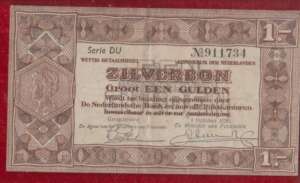





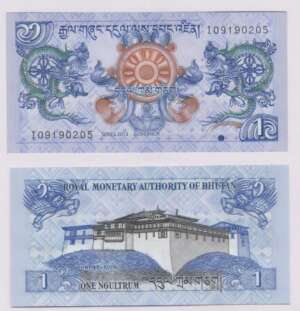
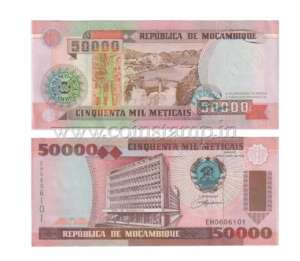
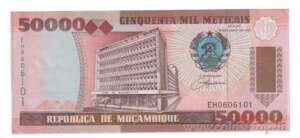
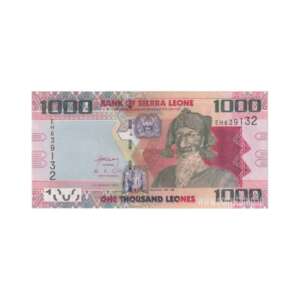
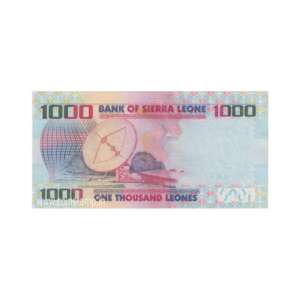
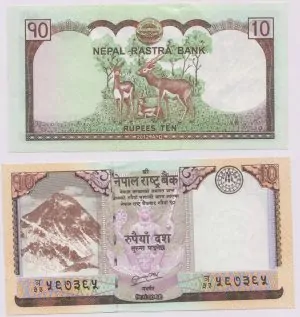

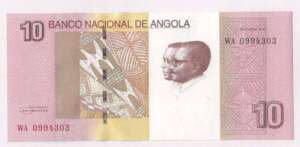
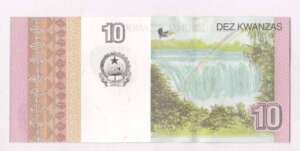
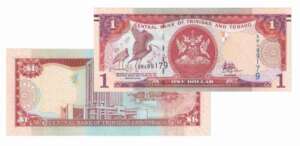
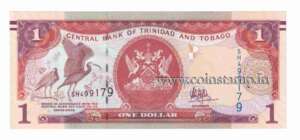
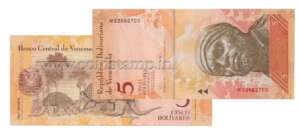
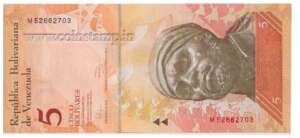
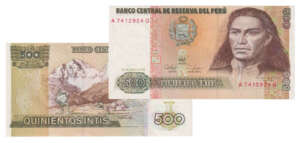
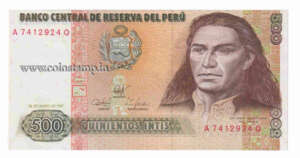


Reviews
There are no reviews yet.